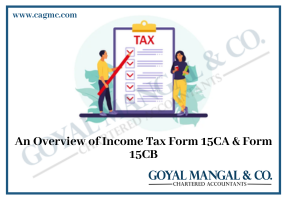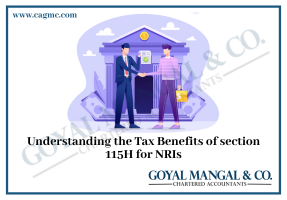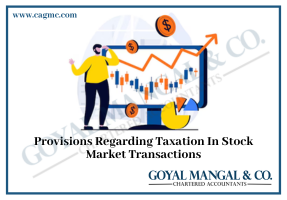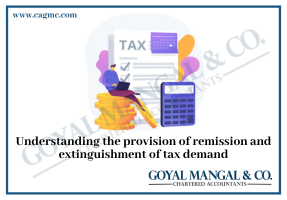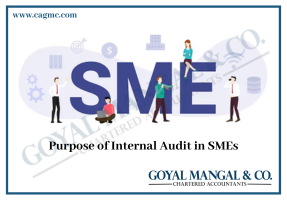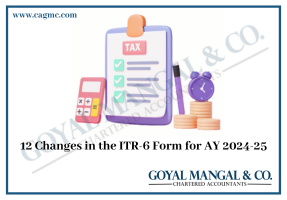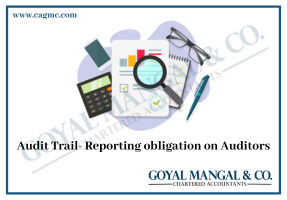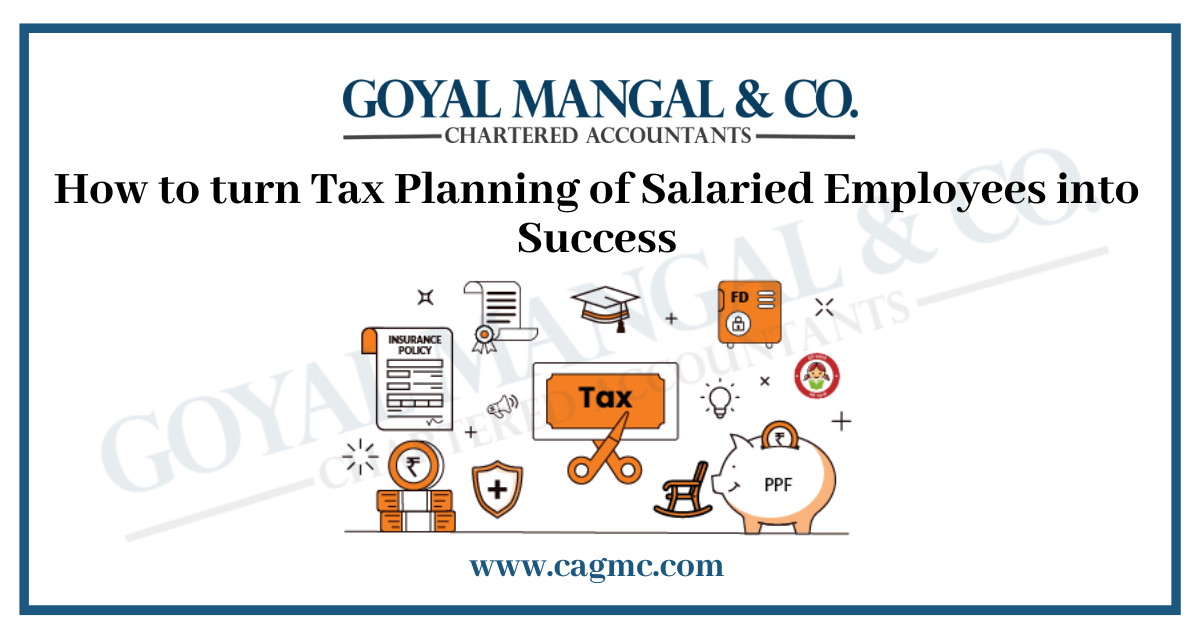 As an Indian taxpayer, you always understand that you have to pay 20-25% tax on your income but we need to know that for salaried employees also some expenses allow deductions and exemptions, and allowances. If you find suitable financial instruments, you can reduce the income tax payable to employees. For the very first time in India, you will find that if you plan your expenses by spending on tax-free constructions, you can plan for zero tax on an even salary of up to 30 lacs. This article discusses tax planning for salaried employees.
As an Indian taxpayer, you always understand that you have to pay 20-25% tax on your income but we need to know that for salaried employees also some expenses allow deductions and exemptions, and allowances. If you find suitable financial instruments, you can reduce the income tax payable to employees. For the very first time in India, you will find that if you plan your expenses by spending on tax-free constructions, you can plan for zero tax on an even salary of up to 30 lacs. This article discusses tax planning for salaried employees.
Tax Planning through financial instruments
Tax filing season every assessment year heralds worry and frenzy for salaried employees. Since you need to pay tax money for the said financial year, you are looking for tax-saving options.
As an Indian taxpayer, you need to know about your tax rate and various income tax deductions for employees. It will help you understand how tax saving works for the paid class and avoid the complications that can arise in tax planning. If you find suitable financial instruments, you can reduce the income tax payable to employees.
However, understanding employee income tax deductions can get complicated if not done well. Several tools allow tax benefits for employees and can have a significant impact on your financial planning. So let’s take a deep look at tax-saving options for salaried people.
Leave Travel Concession (LTC)
Leave Travel Concession is an exemption that employees receive from their employer to travel on holiday. Some of them are:
Employees have to complete an actual journey to get tax exemption. The long-term stay exemption applies only to domestic travel expenses. The tax savings for salaried individuals apply to actual travel costs such as bus or train fares, but not to miscellaneous expenses such as local sightseeing. You should also know that LTC cannot be treated as exempt income every year under 10(5) of the Income Tax Act. It is allowed only twice in 4 years.
Health insurance premium
A health insurance plan provides financial security for you and your loved ones in the event of a medical emergency or planned hospitalization. In addition to protecting your financial interests, health insurance is one of the most widely used tax savings options for employees. In general, an employee income tax credit can be applied to health insurance premiums, subject to the provisions of Section 80D. As part of employee income tax planning, you can benefit more from this provision by paying for health insurance for your spouse, dependent children, and parents. The maximum deduction limit u/s 80D is Rs. 1, 00, 000.
Deduction under Section 80C
Maximum Limit – Rs.1, 50, 000/-
Only from this section, you can save income tax on your salary
Various investments under this section include
- Life insurance premium (Paid by Individual, Spouse, and Child).
- EPF-Employee Contribution Fund
- Public Provident Fund (Applies to Individual, Spouse, and Child. In case of HUF during the lifetime of any member of the HUF).
- National Savings Certificate (NSC).
- Sukanya Samriddhi Account
- ELSS Account or Tax Saving Mutual Funds
- Senior Citizens Savings Scheme
- Five-Year Deposits in Post Office or Bank Accounts.
- School fees for children.
- Home loan principal repayment.
- Stamp duty and house registration costs.
Allowances exempted under section 10(14) (I)
- Daily Allowance: These are expenses provided to an employee to cover expenses at a place other than the office in the performance of his official duties.
- Driver helper or allowance: For a driver who takes you to the office from home or home to the office. An assistant to help you with administrative activities.
- Academic Grant: – Grant awarded to support academic, research, and training activities in educational and research institutions.
- Uniform allowance: To comply with the dress code.
House Rent Allowance (HRA)
Individuals living in rented accommodation can avail employee tax benefits as per the related rules. HRA or House Rent Allowance (HRA), a part of an employee’s wage structure, is not fully taxable, leading to income tax deductions for salaried employees.
What makes HRA a tax-saving option for salaried employees is that a portion of it is exempted from Section 10(13A) of the Income Tax Act, 1961, subject to certain provisions. Taxable income is calculated after deducting HRA from total income.
Standard Deduction
This was in place of Transport Allowance (Rs 19,200) and Medical Treatment Reimbursement (Rs 15,000). A limit of Rs. 40,000 was raised to Rs. 50,000 in the budget for 2019.
Tax rebate under Section 87A
Those with taxable income up to Rs 5 lakh will not have to pay tax from FY 2019-20. If you earn anything above the exemption limits annually, you must file ITR compulsorily.
National Pension Scheme (NPS)
National Pension Scheme (NPS) is one of the long-term tax-saving options for employees in India. It is an investment scheme that falls under the purview of PFRDA and the Central Government. Individuals planning for early retirement and having low-risk appetites invest in NPS. In addition, it also serves as a vehicle for income tax deductions for employees.
Salaried employee tax benefits can be claimed under Section 80 CCD (1B) for Rs.50, 000 and above Rs. 1.5 Lakh ceiling u/s 80CCE.
Exemption to Reimbursement
Mobile Reimbursements: An employee may request reimbursement of the bill amount paid or the amount provided in the pay package, whichever is less. Books and periodicals Employees incur expenses for books, newspapers, periodicals, magazines, and so on. The Income Tax Act allows an employee to claim tax-free reimbursement of expenses incurred.
<h2id=”80e”>Deduction under Section 80E </h2id=”80e”>
If the loan is taken by an individual for any course of study in India or outside India, he can claim the deduction. The interest portion of the loan from such an education loan can be used as a deduction for the individual’s education or for the education of his relatives (spouse, children, or any student of whom the natural person is the legal representative). The entire interest is deductible in the year the individual starts paying interest on the loan and for the following 7 years or until the interest is fully repaid (i.e. 8 years in total).
TDS on salary under Section 192
- There is no fixed TDS rate under Section 192. To calculate the TDS rate, the estimated total tax liability on such estimated income is divided by the period of employment.
- Form 12BB is a statement of an employee’s claims for a tax deduction.
- Form 12B is a statement that an employee is required to provide to a new employer if they join in the middle of the financial year.
Under-reporting Income
Income is considered to be under-reported due to the distortion of actions in the following cases:
- distortion or concealment of a fact, [as amended by the Finance Act of 2022]
- failure to record investment in the accounting books,
- claims about expenses not supported by any evidence,
- entry of any false entry in the books of account,
- failure to post any confirmation in the books of accounts which affects the total income
Income from deductions from real estate
- Standard deduction u/s 24@30% of the annual Value
- Interest paid on housing loan (max. Rs. 200,000/-), in case of self-occupied residential property
- Actual interest incurred in case of rental property.
- Payment of loan principal u/s 80C
- Deduction for first-time home buyers u/s 80EE Loss of house property can be adjusted against salary income. So you can claim a loss of 200,000 for one rented house and one self-occupied house.
ITR filing for tax planning for salaried employees
For individuals, the monthly salary they receive is often their primary source of income. However, returns or interest earned from various tax saving options for employees reduces their tax liability, which needs to be taken into account when filing income tax returns.
For a salaried individual, the ITR filing process begins with filling out a particular type of ITR form. In addition, they must separately report gross salaries, miscellaneous allowances, investments, and income from other sources while filling out the form online.
Here is a list of documents that employees require when submitting a return:
- Form 16
- Form 26 AS
- Statement of all savings bank accounts
- Interest or TDS certificates
Final words
Thus it can be observed that the golden rule to follow in tax planning is “The key to smart tax planning is to keep it simple.” One does not have to seek advice from multiple sources and be confused about it. Plan everything well in advance of the year instead of last-minute tricks. Using simple methods, you can take advantage of various exemptions and deductions to minimize your tax liability during the financial year.

